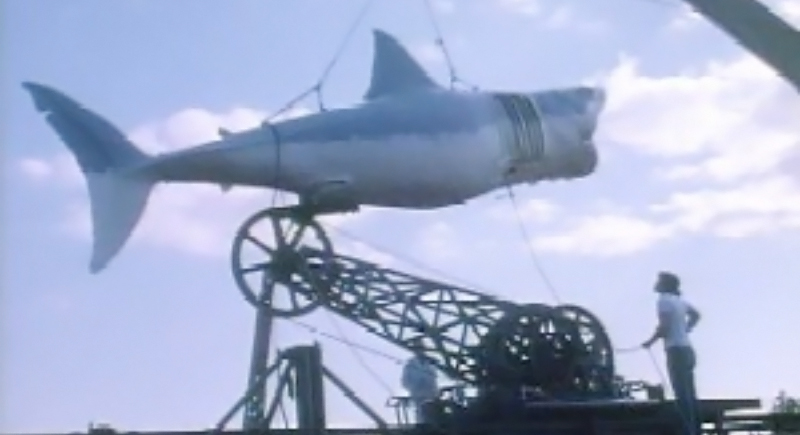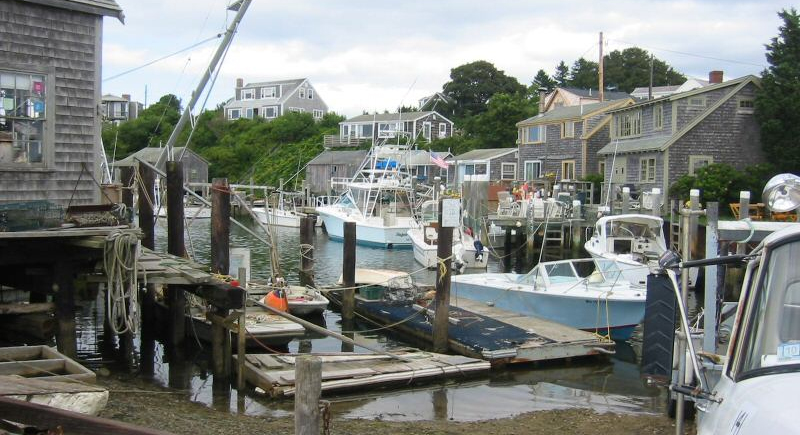The Strange Story Behind ‘Orca II’: The Stunt Boat That Starred in ‘Jaws’
When Jaws premiered in 1975, the mechanical shark took the spotlight, but it wasn’t the only custom-built star. A lesser-known but equally vital part of the production was Orca II, the fiberglass stunt boat created to survive repeated shark attacks on film. Unlike the real fishing vessel featured earlier in the story, it was designed to sink and be patched up over and over. What happened to it after filming, though, was stranger than anyone expected.
Built For Destruction, Not the Water
Production designer Joe Alves understood that no real boat could handle what the script demanded. The shark would tear into it, jump on its stern, and rip it apart in multiple takes. This is why he had the original boat, formerly a lobster vessel called Warlock, copied in fiberglass to create Orca II.
The stunt boat worked through a system of barrels and pneumatic controls. Crew members could fill the barrels to make it sink or drain them to bring it back up. The boat looked just like the real Orca. In fact, a crew member once tried to start it, only to realize there was no engine.
Filming On Water Didn’t Make Things Easier

Image via Wikimedia Commons/Screencap from ‘The Making of Jaws’
The making of Jaws is remembered as one of the most grueling shoots in Hollywood history. Scenes that looked effortless on the page were drawn out for days due to shifting tides, unpredictable winds, and the mechanical shark “Bruce,” which broke down constantly. By comparison, the stunt boat Orca II was surprisingly reliable.
But even Orca II had its disasters. During one take, it sank so thoroughly that two rented cameras went with it. The exposed film reels were dunked in a bucket of freshwater and rushed to New York for emergency processing, saving the footage. The cameras themselves—costing the studio about $24,000 per week in rental fees—were ruined beyond repair.
A One-Dollar Sale and a Life on Shore
After production wrapped, the original Orca was sent back to Hollywood, sold to a private buyer, and later bought back by Universal for theme park use. However, Orca II wasn’t treated with that much care. Universal sold it to Lynn Murphy, a local marine mechanic who had worked on the film, for one dollar.
He planned to use the fiberglass for a shed on his property, but local officials denied the building permit. So, the stunt boat sat on the edge of Menemsha Creek, near a pile of other discarded props. It remained untouched until the movie exploded in popularity.
Fans Found It and Took It Apart

Image via Wikimedia Commons/Elkman
When Jaws became a box office giant, Martha’s Vineyard became a destination for fans. The island, located just south of Cape Cod, had been chosen as the film’s shooting location because its shallow waters made it easier to maneuver cameras and equipment while still looking like the open ocean.
Orca II sat within sight of the water, faded and exposed, and people started showing up by boat and foot to take anything they could, like the nails, pieces of wood, the mast, or the pulpit. It wasn’t long before the boat was almost unrecognizable.
The Murphys tried posting no-trespassing signs and called the police several times. It made little difference. The thefts continued for decades; by 2005, the boat had been stripped down to a skeleton. With a fan event called Jawsfest on the horizon, the Murphys decided to end it.
They cut the boat into 1,000 fiberglass squares, each foot by one foot. Susan Murphy boxed them up and sold them with certificates of authenticity. One piece was later sold online for $1,850.
Today, Susan Murphy, the wife of Lynn Murphy, still sells a few remaining pieces in shadow boxes. These are mainly plain and colorless. But for collectors or fans of the film, they represent a small part of a much bigger movie franchise.